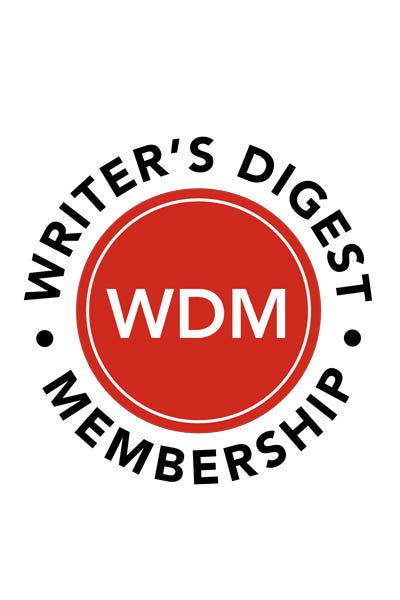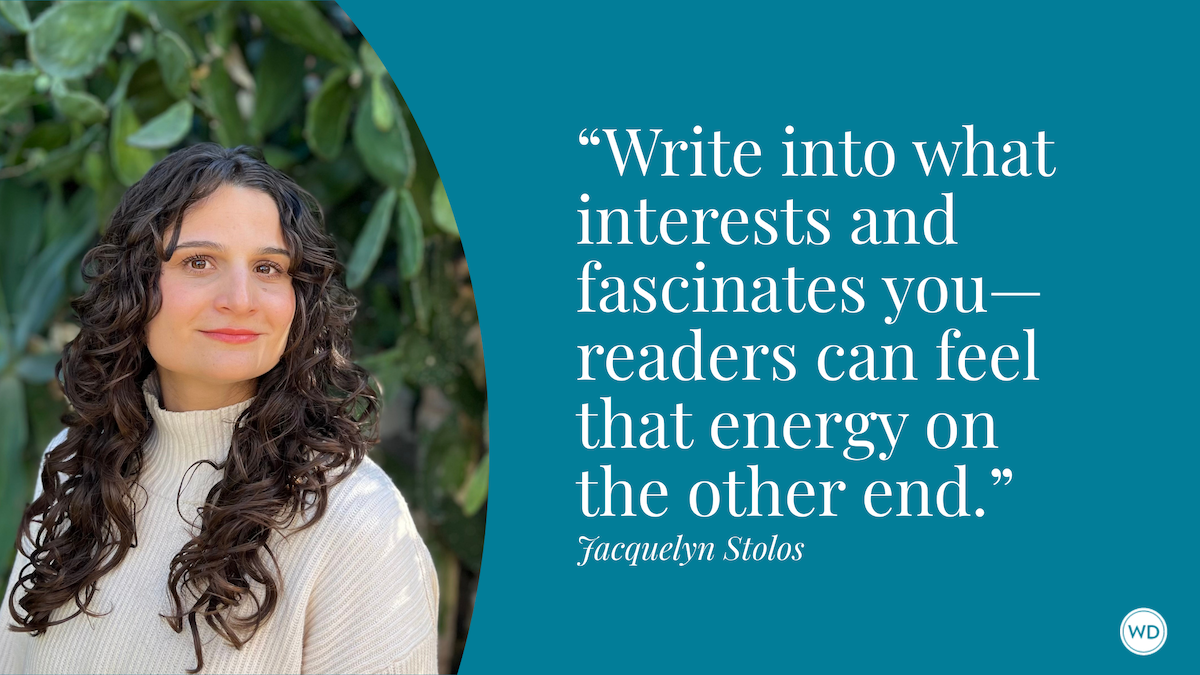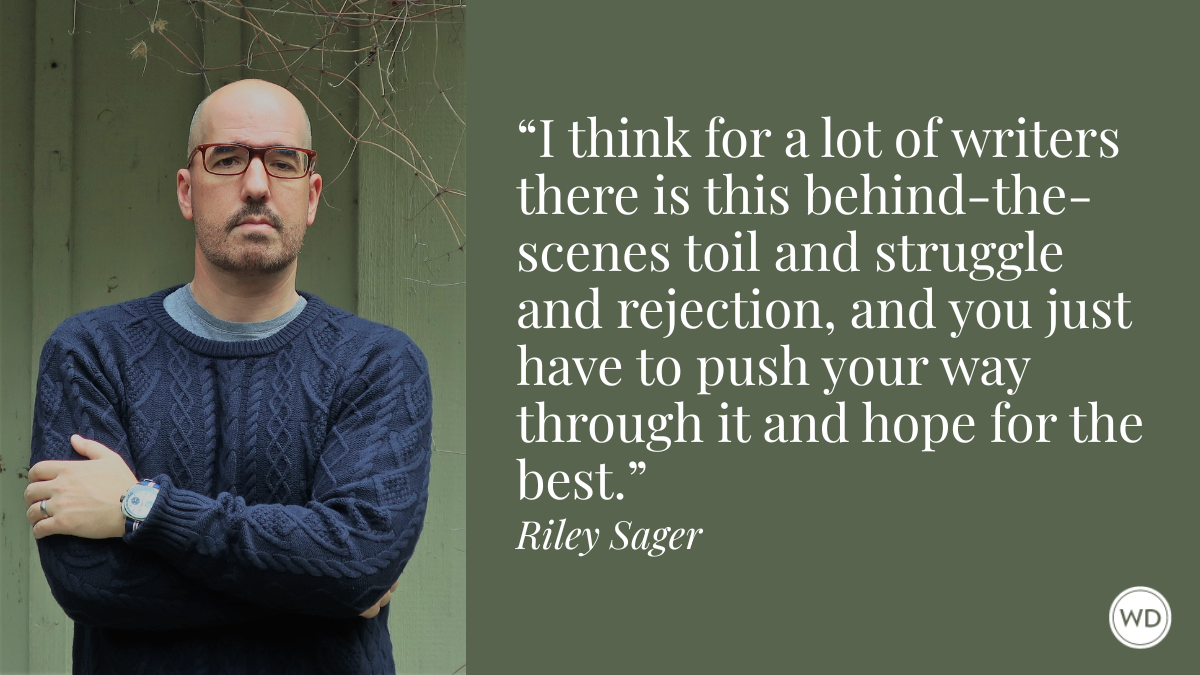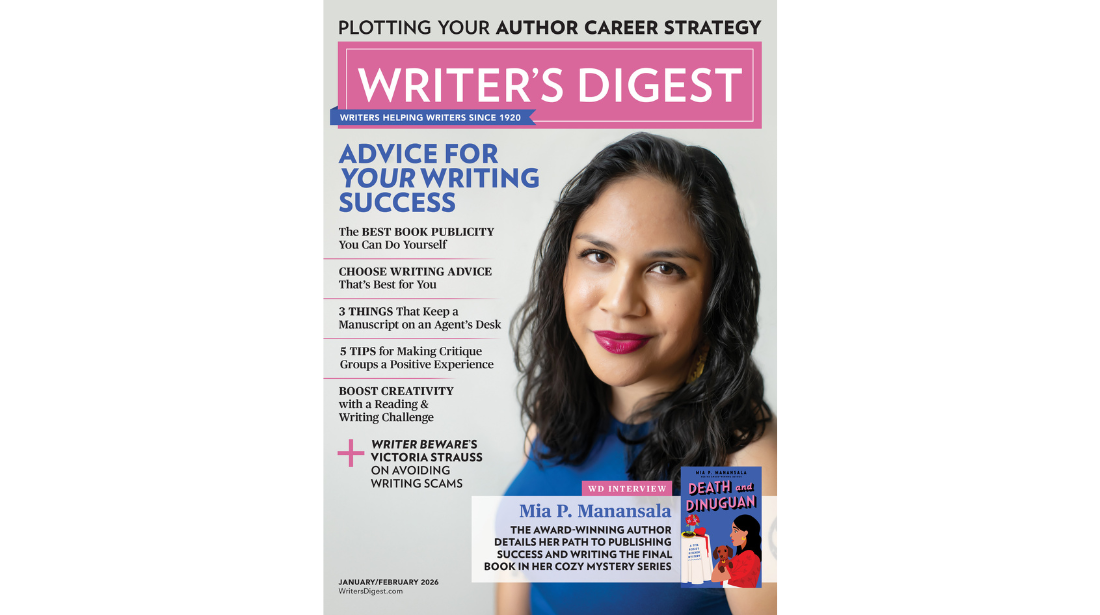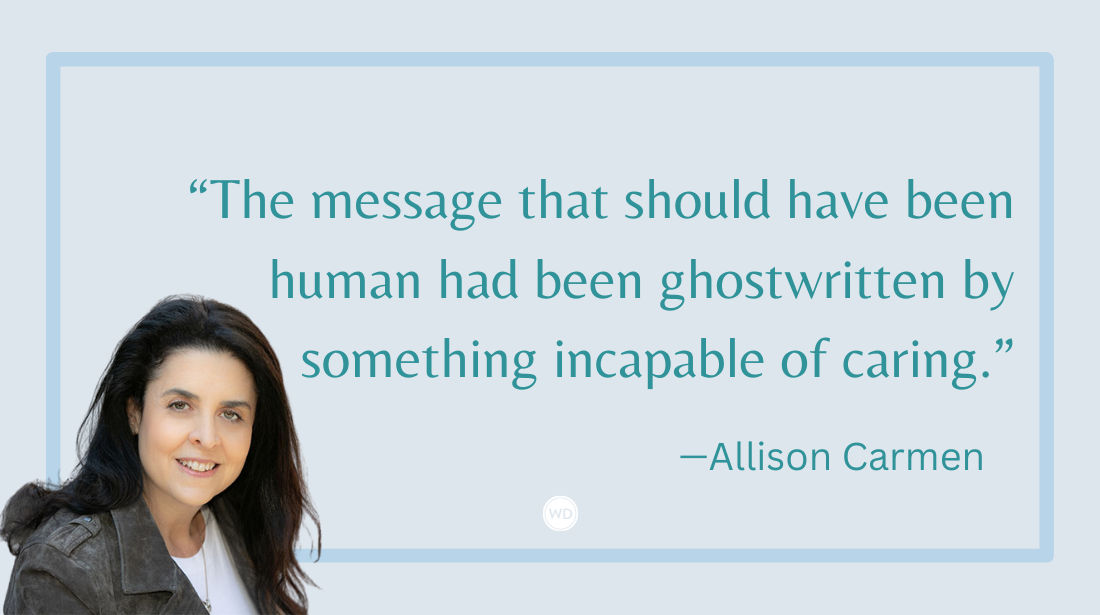Productivity Hacks to Write Faster Than Ever
Productivity expert Paula Rizzo shares her best strategies for getting the most out of your writing time.
Keeping up your productivity as a writer is no simple task. It’s something I hear my media-training clients talk about a lot. As a productivity expert as well as a writer myself, I have some tips that I’ve collected over the years for writing faster and getting more done. These are tools and tricks I use myself. The key is finding classic techniques that work for you and then sprinkling in some new hacks to keep yourself fresh.
Here are my top productivity hacks to write faster than ever:
1. Make the most of established techniques.
Often, using established productivity strategies is the right place to start when you want to boost your writing pace. One of my favorites is the Pomodoro Technique, which involves short, timed bursts of productivity (often 25 minutes, but you can customize it for your needs and preferences) followed by short, 5-minute breaks. It’s like HIIT for productivity!
Another tool that can make a big difference is creating fake deadlines for yourself. Sometimes having that external pressure can allow you to focus your energy. For example, set word-count deadlines—and stick to them! A variation on this is to create specific assignments for yourself, such as writing a particular scene. That specificity serves the same purpose as the fake deadline. It gives you a set amount of writing to do—and the satisfaction that comes with completing it!
You can even tie assignments to specific days. That’s what I do: Fridays are my writing days. I give myself a specific assignment ahead of time so I know what I’ll be working on. Planning topics or assignments before your scheduled writing time lets you cut out the dilly-dallying of trying to decide what to write. Instead, you can jump right in and get more done in the time you have.
2. Introduce fresh prompts and creative strategies.
Sometimes, even with the right tools and techniques, you need a little extra boost to get your creative juices flowing. That’s where prompts come in. There are lots of ways to get and use creative prompts. There are plenty of books and websites including WritersDigest.com that has lists of them to download.
One of my favorites creative prompts is tarot cards. There are lots of ways to use tarot for writing inspiration.
Tarot reader and author Theresa Reed (AKA “The Tarot Lady”) is prolific when it comes to using tarot as a writing tool. She has lots of tips for using tarot for writing—I’ve learned a lot from her and I even got to share some media tips on her Substack.
For example, you might do a single-card pull to come up with a newsletter topic. A three-card pull can be great for story ideas where you need a beginning, middle, and end. And imagery from cards can be useful for character ideas.
3. Take advantage of accountability and support systems.
Writing can feel like a solitary pursuit. But it’s easier to be productive and stay engaged when you have a community of people who are in it with you. Seeking out writing partners or groups can boost your motivation and provide a space for feedback. Similarly, having accountability buddies can help you maintain consistency and meet your goals. Being a good literary citizen is key to finding those people and being part of a community that keeps you motivated.
4. Develop a time management approach that actually works.
Time management can be one of the most difficult things to navigate as a writer. Feeling inspired and having great ideas don’t mean much if you can’t find the time to sit down and write, or if you feel tired or rushed when your writing slot rolls around. Time management isn’t one-size-fits-all.
How you manage your writing time and where you fit it into your busy schedule will be different for everyone. But that doesn’t mean it’s all up to you to figure it out on your own. Being intentional about how you schedule and use your writing time is key.
For example, back when I was a full-time news producer, I made time for writing after work. It was a priority for me, and I carved out an hour here and there each week to work on my first book, Listful Living. Then, when I became a media trainer and productivity expert, my schedule changed. I could design my workday on my own terms and so my writing time changed too. I decided that Fridays would be my writing days, and I made it a priority not to schedule meetings on Fridays. Those days are reserved for my writing accountability meetings and solo writing time.
The key here is being flexible and assessing what your life looks like right now. Maybe you made a plan for your writing time a few years ago and now that doesn’t work anymore because of work or family obligations.
For example, if evenings are your writing time, you might find that you’re too tired and you can only get a few words down each night. Try moving your writing time to the morning for a month and see what changes. Or vice-versa! Life has seasons and your time management approach has to shift with them to be most effective.
When you have your writing time and space figured out (yep, making sure your environment is supporting you with limited distractions is key), return to some of those structured techniques like deadlines, assignments, and Pomodoro. You might find that switching up your approach every so often helps. Or, you might benefit from keeping things consistent. Every writer is different, and it’s important to be mindful of your own needs and habits as you work on boosting your writing speed.
Paula Rizzo is an Emmy Award-winning television producer, bestselling author of Listful Thinking & Listful Living, media-training coach, speaker, LinkedIn Learning Instructor, host of the live-stream show “Inside Scoop,” and creator of the popular online training Media-Ready Author. Grab Paula’s free guide, 10 Media Questions Every Author Needs to Answer, to create buzz for your book.



